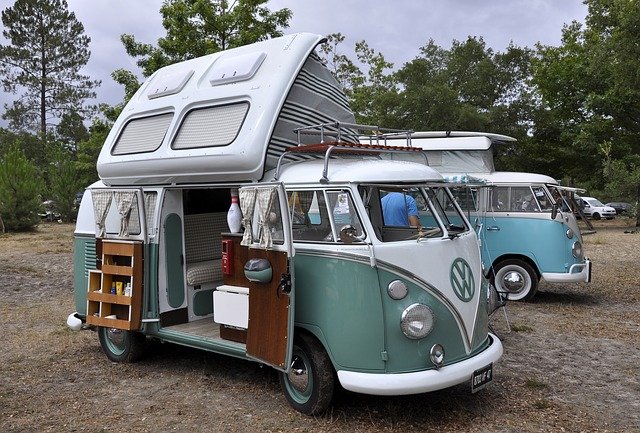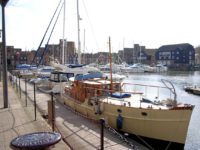Guest post by Lily Harris
With the economy and housing market looking shaky for years to come in the wake of lockdown, homeowners, new graduates and retirees alike are looking for more affordable ways to live. The dream of living mortgage-free, however, needn’t be a dream. With some careful forethought and planning, it is possible to live comfortably and well in a living space that one can afford outright, so as to focus more on saving, working less or simply getting on with life. Here are 5 compelling alternatives.
#1 | Canal boats or house boats
One of the most attractive house alternatives isn’t really a house at all. Canal boats are not everyone’s cup of tea, and can prove inconvenient in many ways, but for those who don’t mind simple, small scale living, a house boat or canal boat offers the chance to live in central, sometimes quite beautiful locations, and for very little money. According to Zoopla, houseboats can be purchased for as little as £10,000 and then there’s mooring fees, which, while in some areas can be steep, are negligible compared to a full-blown mortgage.
House boats and canal boats can suit older couples without children or single travellers who don’t mind the slightly cramped quarters and the very real possibility of having dog walkers peer in through the kitchen windows on a regular basis. But in terms of money saving, canal boats may be one of the most effective living solutions.
#2 | Converted shipping containers
Houses made from converted shipping containers are seeing a rise in popularity, and it’s not difficult to see why. Creativity and imagination are the only limits – shipping container architecture can cover anything from minimalist and eco-friendly to impressively large design feats that can easily host a family of five in luxury. It’s all about the finishing touches, extra features and specific layout.
While a converted shipping container will require some initial investment – not to mention enough land and building permission – in the longer term it offers a real possibility for debt-free living. This option will certainly appeal to people wanting an environmentally friendly and sustainable choice that provides some scope for personalization.
#3 | Vans or buses
Shipping containers are not the only thing that can be successfully converted. Though social media personalities have popularized the Instagram-worthy converted van aesthetic, people have been opting for mortgage-free lives this way for a long time. For people who are inspired to take on a formidable DIY challenge, old school buses, double-deckers and vans of all shapes and sizes can be gutted and refitted inside to create beautiful mobile homes.
While there are certainly ways to make the most of these small spaces, van living is not for everyone, and can prove a better short-term quest rather than a long-term solution. If the goal is merely a little adventure and freedom, purpose-built motorhomes and RVs are somewhat less glamorous, but don’t require any extensive renovating work, allowing for even greater savings.

Pic credits: Pixabay
#4 | Tiny houses or flat-pack homes
There’s no way around the fact that UK housing is incredibly expensive, and many are excluded from the dream of owning their own home – unless of course that home is tiny enough. The tiny house phenomenon is a global one, with people of all walks of life choosing more minimal, compact and affordable homes to call their own.
The catch, of course, is the lack of space. Tiny homes can be purchased directly or built from scratch, static or fitted on a wheelbase, microscopic or something more closely resembling a small cottage cabin. Securing land and building permission is another hurdle, but some people choose to build on relatives’ properties or seek permission to build on cheaply acquired land.
#5 | Become a caretaker, house sitter or Live in Airbnb renter
Finally, living mortgage-free may simply be a matter of thinking outside the box. For people who already have a mortgage and love their homes, there’s the option to spend a little money to convert part of it into a renting space on platforms like Airbnb. Especially if the property is in a desirable area, the mortgage could essentially be paid by renters.
Alternatively, living on a large and beautiful property is certainly possible – for the person acting as a caretaker. Granted, these are rare and coveted roles, but the same effect can be achieved by house sitting for others. This can be combined with any of the alternatives above – for example, residence in a tiny house or flat pack home for some of the year, with seasonal house sitting in new and interesting locations when opportunities present themselves.





